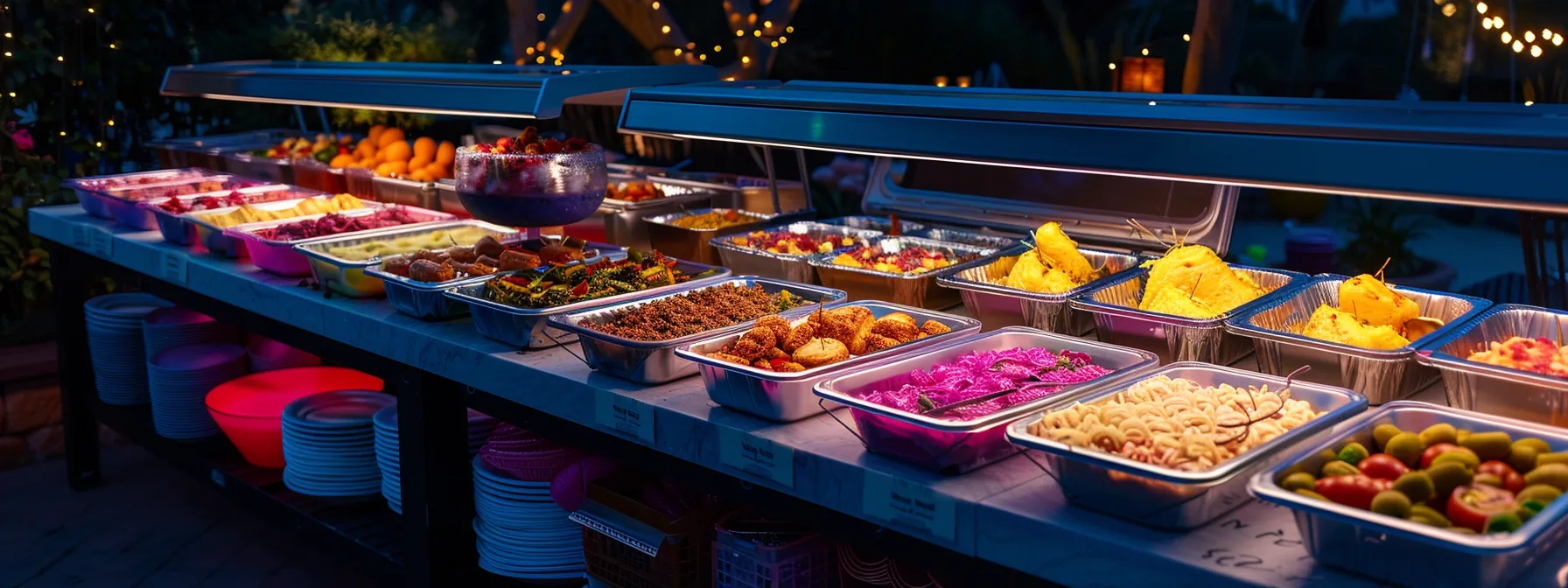Community events like neighborhood block parties are the perfect way to foster friendly relationships and create lasting memories. These gatherings allow residents to bond, share stories, and enjoy each other’s company in a relaxed atmosphere. A successful block party requires extensive planning, a touch of creativity, and the enthusiastic participation of the community. From selecting the date to arranging activities and managing logistics, the details are important. Keep reading for comprehensive insights to ensure your neighborhood block party is the highlight of the year.
Organizing Entertainment and Activities for All Ages
The success of a neighborhood block party often hinges on the entertainment and activities available. Plan a variety of games and entertainment that cater to all age groups. Classic activities like sack races, face painting, and tug-of-war contests are perennial favorites that engage both children and adults.
An excellent way to elevate your block party is to include live performances. Local bands, dance troupes, or magicians can provide professional entertainment that’ll captivate your guests. Allocate space and time for performances, and be sure to have a backup plan in case of equipment failure or inclement weather.
To add an extra special touch to the festivities, consider renting fun food machines. Rent cotton candy machine to bring a smile to everyone’s face and evoke a sense of nostalgia. Such rentals are a hit, particularly for families with children, and they help in creating a carnival-like atmosphere.
Navigating Permits and Regulations for a Stress-Free Event
Before sending out invitations, investigate the local permits and regulations that govern block parties in your area. Each city or municipality has its own rules and some may require a permit to close a street or play music outdoors. Be sure to apply for any necessary permits well in advance of the party date. Failing to comply with local laws can result in fines or the cancellation of your event.
Understanding noise ordinances is equally important to maintain good relationships with those not participating. Inform the local police department of your event for public safety reasons so they can alert you to any restrictions or curfew times. Consider also notifying local fire departments and emergency medical services for a quick response in the event of an emergency.
Trash and recycling management is an aspect easily overlooked but critical for leaving a clean environment after the party. Check if additional waste services are needed and whether you need a plan for recyclable materials. Addressing these details in advance ensures you comply with city regulations and helps in keeping your community clean.
Coordinating Potluck Dishes and Food Safety Measures

Food is at the heart of any gathering, and a block party is no exception. A potluck arrangement is a splendid idea to involve the neighborhood and add variety to the menu. Coordinate with attendees to avoid duplicates and ensure a balanced spread that includes starters, mains, sides, desserts, and beverages. Consider providing labels for dishes to indicate potential allergens or dietary restrictions such as gluten-free or vegetarian options.
When it comes to food safety, it’s important to have clear plans for storage and temperature control. Encourage guests to bring dishes that don’t require extensive heating or cooling if such facilities aren’t available. Utilize insulated containers to keep hot foods warm and coolers filled with ice for cold foods. Separate serving utensils for each dish can help prevent cross-contamination.
Lastly, consider contingency plans for food-related mishaps. Having a first aid kit handy for minor cuts or burns is part of responsible hosting. Likewise, be prepared for unexpected food spills or stains, keeping cleanup supplies within reach could save the day.
Promoting Your Block Party and Encouraging Neighbor Participation
Promotion is essential to ensure strong attendance and neighbor participation. Begin by canvassing the neighborhood with flyers and personal invitations to build excitement. Leverage social media or neighborhood apps to share event details, updates, and reminders. A well-crafted event page can serve as the central hub for information and RSVPs.
Engaging neighbors early in the process can boost participation rates. Host planning meetings or casual get-togethers prior to the event to discuss ideas and delegate tasks. Being inclusive in the planning stage makes neighbors feel a sense of ownership and investment in the success of the block party.
Overall, the success of a neighborhood block party lies in meticulous planning, enthusiastic community participation, and the seamless execution of prepared activities. By following these guidelines, you’re set to create an event that unites neighbors and celebrates the vibrant spirit of your local community. Remember, a successful block party isn’t just about the fun and games; it’s about strengthening the bonds within your neighborhood that last far beyond the day of the event.
Read More: https://www.uswirehunt.com/






